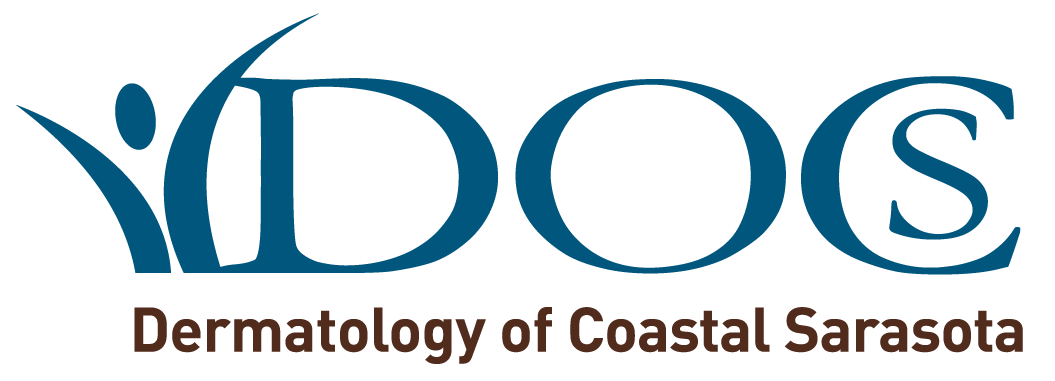What is Mohs Micrographic Surgery?
Mohs surgery, widely recognized as the gold standard for treating many basal cell carcinomas (BCCs) and squamous cell carcinomas (SCCs), offers exceptional efficacy in combating these two prevalent types of skin cancer. With its meticulous and precise approach, Mohs surgery achieves optimal results by ensuring the complete removal of cancerous cells while preserving as much healthy tissue as possible, leading to higher cure rates and superior cosmetic outcomes.
Before Mohs Micrographic Surgery
If you would like to meet the surgical team in advance, we welcome you to schedule a Mohs Consultation appointment. Please be assured, it is not necessary to schedule a consultation and the preoperative evaluation of your skin cancer will be conducted by the surgeon through a thorough review of your records, ensuring that you will receive exactly the same high-quality treatment of your skin cancer. If the surgeon has any questions prior to your scheduled appointment, the surgical team will reach out to you directly. Please bring a list of your medications with you. The skin cancer and surrounding tissue will be photographed before the treatment, as well as during and immediately after the surgery and again after healing.
Be well rested and eat a good breakfast. Take your usual medications, unless directed otherwise.
Do not drink any alcoholic beverages or engage in strenuous exercise for 24 hours before surgery.
Bathe as usual and shampoo your hair the night before surgery, as your wound and initial dressing have to remain dry for 24 hours after surgery. You may need to arrange to have someone drive you home after the surgery.
The length of the surgery varies depending on the size and location of the skin cancer and the type of reconstruction to be done. Although the average length of time is approximately three to four hours, you should plan on spending most of the day.
The Day Of Surgery
Before surgery, the doctor will again discuss the procedure with you and obtain your written consent. If you have any additional questions, please feel free to ask them at this time.
Once you are in the procedure room, we will cleanse the area surrounding your skin cancer with a sterile antibacterial soap. The nurse will then anesthetize (numb) the area of skin containing the cancer with a small local injection (needle). This injection will probably be similar to the one you received when your biopsy was taken. The tissue will be removed by the doctor, and it will be processed in our laboratory next to the procedure room. Depending upon the amount of tissue removed, processing usually takes an additional 30-45 minutes. You will wait in our surgical waiting room while the tissue is processed and examined by the doctor. If the microscopic examination of the removed tissue reveals the presence of any remaining cancer, we will go back and remove more tissue.
After Mohs Micrographic Surgery
Your surgical wound will require wound care during the weeks following surgery. Detailed written instructions will be provided after your surgery is completed. You should plan on keeping your wound covered and avoiding strenuous physical activities for one-two weeks. Most patients report minimal pain which responds to Tylenol.
If sutures have been placed, they will be removed one to two weeks after surgery. You will return to our office four weeks after surgery for a final wound check. If you are not having problems with your surgical site at that time, you will return to your referring physician for follow-up. Studies have shown that once you develop a skin cancer, there is a strong possibility that you will develop other skin cancer in the years ahead. If you notice any suspicious areas, it is best to check with your physician for complete evaluation.
Reconstruction
After the skin cancer has been completely removed, a decision will be made on the best method for treating the wound created by the surgery. These methods include letting the wound heal by itself, closing the wound in a side to side fashion with stitches, and closing the wound with a skin graft or a flap. During the preoperative evaluation, the methods which might be appropriate to your case will be discussed with you; however, in most cases, the best method is determined on an individual basis after the removal of the cancer is complete. We may complete your reconstruction in our office, or refer you to other surgical specialists for repair.




